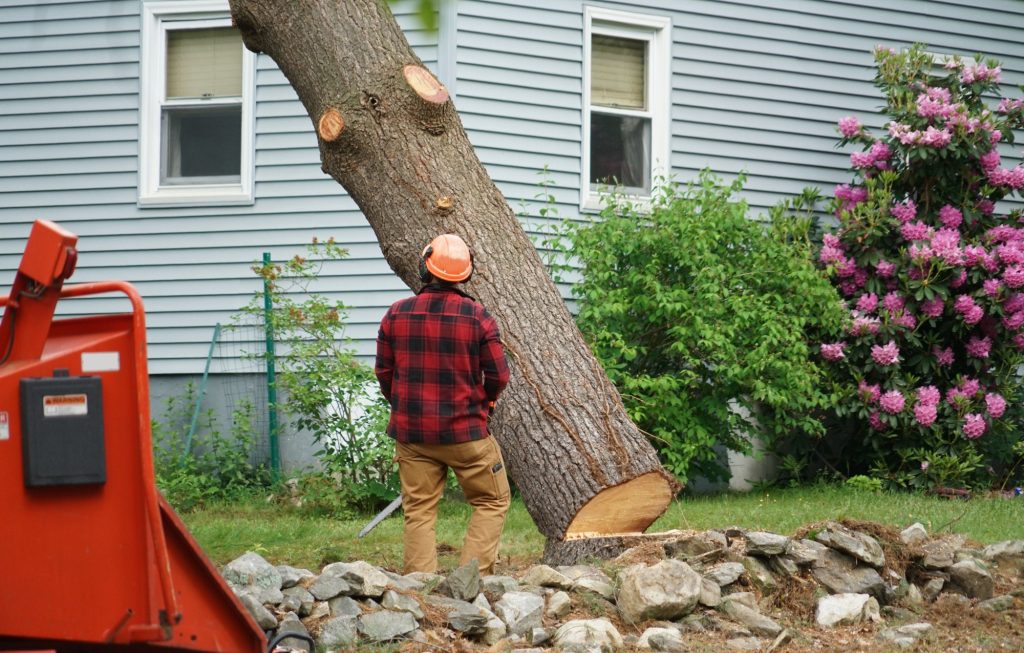Have you ever heard of the word “Aoomaal”? It may be a foreign word to many, but it is rich in cultural value. Aoomaal is more than just a word. It is a vibrant expression of tradition and heritage that spans generations. Delving deeper into Aoomaal reveals its historical roots, explores its role in different cultures, and explains why it is still relevant today. Join us on this fascinating journey as we unravel the mystery of Aoomaal and discover what makes it truly special!
What is Aoomaal?
Aoomaal is a word that embodies the spirit of community and cultural expression. It often refers to a specific custom, story, or event that people gather to celebrate.
At its core, Aomar represents a shared heritage that is passed down from generation to generation. These traditions can vary greatly from community to community, but they are generally associated with unity and respect for the customs of the ancestors.
In many cultures, Aomara serves as a reminder of one’s roots. Aomara connects people to their history and fosters a sense of belonging to a group.
Each expression of Aomara, such as stories, music, and dance, has deep meaning. This rich tapestry highlights the different ways in which people seek connection and understanding across time and space.
History and Origins of Aoomaal
The origins of Aoomaal are deeply rooted in a rich history. This cultural practice spans centuries and is often intertwined with the traditions of different communities. Its roots lie deep in the fabric of social identity and community bonds.
Aomara originally served as a means of communicating shared values and beliefs. Over time, it evolved into a complex system that reflects social norms and customs. Many historians believe that its development was influenced by local customs and rituals.
As societies changed through migration and exchange, so did Aomara. It adapted to new environments while preserving essential elements of the past. The journey of Aomara is one of preservation and adaptation. It is a testament to human resilience in preserving cultural heritage in the face of change.
The Role of Aoomaal in Culture and Tradition
Aoomaal occupies an important place in the picture of cultural expression. It connects the past and the present and acts as a bridge between generations.
This practice embodies the stories and values that shape a community’s identity. Through rituals and social gatherings, people come together to celebrate their shared heritage.
The artistic expressions associated with Aomar reflect local customs and beliefs. It often includes music, dance, and storytelling, with each element representing its own tradition.
Aomar also promotes social cohesion. It creates bonds between participants who have similar backgrounds and experiences. This unity strengthens collective memory and preserves important life lessons for future generations.
As a community evolves, Aoomaal adapts but remains true to its core principles. Its role is multifaceted: it marks life’s milestones, providing solace in times of grief and change.
The Future of Aoomaal: Preserving Traditions
As Aoomaal continues to embrace modern trends, its preservation has become vital. The community is coming together to ensure that younger generations understand and engage with this rich cultural heritage.
Workshops and educational programs are emerging that allow people to experience traditional practices first-hand. These initiatives combine old practices with new perspectives and stimulate the interest of young people.
Social media platforms also play an important role. Social media provides an opportunity to share stories, images, and celebrations related to Aomar. This digital presence takes awareness beyond local boundaries.
Festivals dedicated to Aomar are also growing. It embraces contemporary art forms while respecting classical traditions, attracting a diverse audience that might not otherwise be connected to the culture.
Advocacy organizations work tirelessly to protect the essence of Aomar from commercialization and dilution. Their efforts highlight the importance of authentic representation in both the local and global contexts.
Conclusion:
Aoomaal is more than just a cultural practice. It embodies the shared history and identity of a community. This rich tradition has deep meaning for many, intertwining personal stories and community values.
As society evolves, so does Aomaru. Modern adaptations reflect changing perspectives while maintaining its core essence. Many celebrate these changes as an opportunity to engage younger generations.
The vitality of Aomaru depends on awareness and understanding. Aomaru thrives on participation, education, and dialogue between diverse groups.
Going forward, efforts to preserve this tradition are essential to its continued relevance in modern life. Fostering respect for one’s roots can pave the way for innovative expressions that resonate today.
Involvement is key. Whether it’s a festival or a local gathering, everyone has a role to play in preserving this vibrant heritage. Aomar continues to inspire connections across time and space.
Frequently Asked Questions
What is Aomaru?
Aomaal refers to rich cultural practices that embody the traditions and values of a particular community. It is more than just an event, it is an expression of identity, history and heritage.
Where does Aomaal come from?
The origins of Aomaal go back centuries. Its roots are deeply rooted in the habits and lifestyles of the people who celebrate it. Over time, its core essence has changed.
What impact does Aomaal have on modern society?
Aomaal plays an important role in bringing generations together. It promotes unity within a community and serves as a reminder of shared beliefs and customs in the face of rapid modernization.
What traditional practices are associated with Aomaal?
Aomaal is accompanied by a number of rituals, including those honoring ancestors and important historical events. These practices often include music, dance, food preparation and storytelling to strengthen collective memory.










